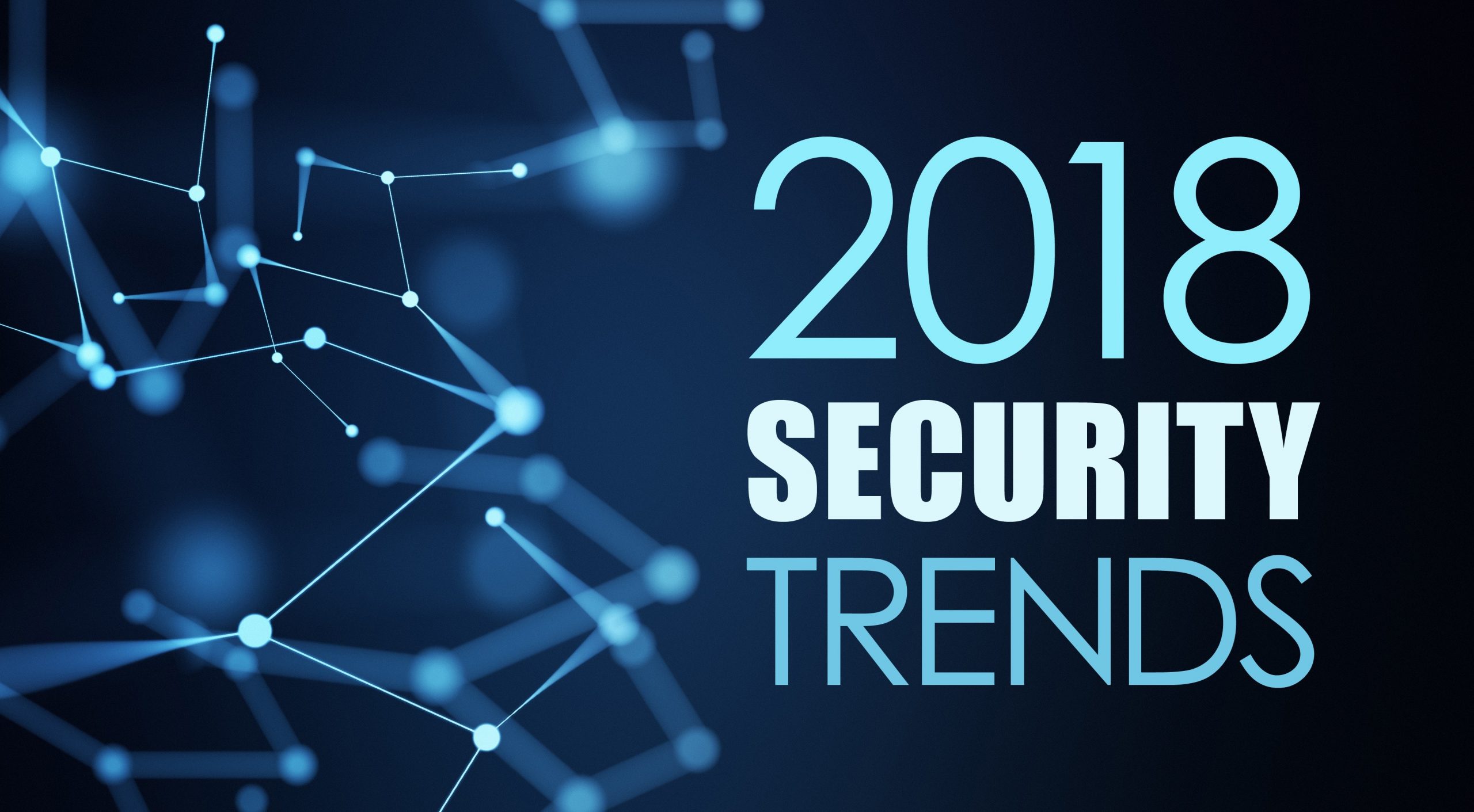By Author -Rashmita Soge
Looking ahead, a number of emerging IT security advances will arm organizations with the right information at the right time to help spot and mitigate potential breaches before they can occur. Here, in no particular order, Collaborate, contribute, consume and create knowledge about todays top security trends, help to identify security issues that are relevant and emerging as well as issues that need more guidance.
Overall, security trends will closely follow technical trends for a particular year. If AI(artificial intelligence), IoT(internet of things), Data privacy are said to be a game changer in technical industry for 2018.
Here are the key technology trends for 2018 that are anticipated to have an even greater impact on businesses and government in the relentless pursuit to increase efficiencies and enhance connectivity.
Internet of Things (IoT):
Internet-enabled devices are expected to continue their momentum in 2018 and connect even more everyday objects. IoT devices present some very serious security issues. Most IoT devices were never built to withstand even very simple cyber-attacks. Most IoT devices are unable to be patched or upgraded, and will, therefore, remain vulnerable to cyber hacks or breaches.
If compromised, IoT devices with security vulnerabilities can result in a range of issues, such as a simple denial of service, privacy compromises, major infrastructure failures, or even death. There are well-known methods of improving the security of IoT devices, such as implementing additional protection steps and processes, but these have other drawbacks, such as higher costs, and user inconvenience. Government regulation is needed to set national frameworks in place to ensure devices have minimum standards of protection.
Artificial Intelligence (AI):
Many vendors have jumped onto the AI bandwagon in order to build “smarter” systems that can detect and act on security threats, either before or very early after the information has been compromised. I expect to see this continue in 2018, with computers becoming more intuitive and defensive.This presents a strong opportunity for developers, with a growing demand for systems to be increasingly intelligent and alert to potential cyber risks.
Just as AI has the potential to boost productivity for businesses and government, hackers will look to AI to find vulnerabilities in software, with machine-like efficiency, to hack into systems in a fraction of the time it would take a human being. This and other scenarios make AI one of the key technology trends to watch and mitigate risk for in 2018.
Cryptocurrency:
Cryptocurrency such as Bitcoin has come on to the global agenda in 2017, and with it surging in value, it begs the question of how can owners ensure it is protected and legitimate?
Current cryptocurrency systems have significant issues with scale and performance and may be susceptible to quantum computer attacks in the future. Cryptocurrency systems need to evolve to overcome these issues, and investors in cryptocurrency need to place more emphasis on the security strategies and systems in place at their providers or risk losing their capital overnight.
Cloud Computing:
Many high-profile breaches in recent years have demonstrated the vulnerabilities of cloud computing and how it continues to be a significant issue. The ongoing question of how businesses and individuals can manage their data remotely while ensuring its protected will continue to resonate in 2018.
While many users will judge that the risk of data compromise does not warrant local control of information when compared with the benefits of convenience and low price of cloud services, a growing number of potential users will come to realize that for them, the risk of data compromise may be too high. This will be particularly true for government agencies, defense, intelligence, banking and finance, and legal services.
Data Privacy:
Data privacy also called information privacy, is the aspect of information technology (IT) that deals with the ability an organization or individual has to determine what data in a computer system can be shared with third parties. Data privacy continues to be a lost issue with every new device monitoring our conversation, location, likes, dislikes. There is a huge electronic virtual dictionary being built on us with the digital footprint that we are constantly leaving. This will continue into 2018 and beyond.


